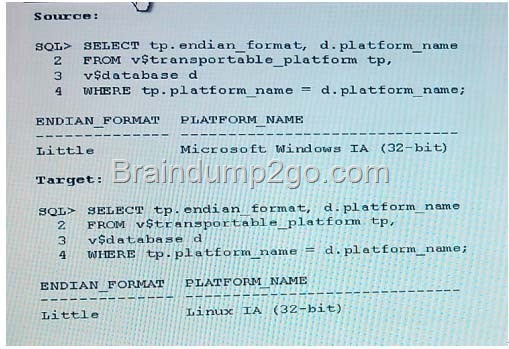ORACLE OFFICIAL: 1Z0-028 Exam is New Released Oracle Exam!
New Released 1Z0-028 Exam Questions from Braindump2go 1Z0-028 PDF dumps and 1Z0-028 VCE Dumps! Welcome to Download the Newest Braindump2go 1Z0-028 VCE&PDF Dumps: http://www.braindump2go.com/1z0-028.html (90 Q&As)
Important News: Oracle 1Z0-028 Exam Questions are been updated recently! Braindumo2go offers the latest up-to-date 1Z0-028 Dumps for free instant download which helps you pass 1Z0-028 Exam in a short time! Our 1Z0-028 Exam Dumps has two version: 1Z0-028 PDF Dumps,1Z0-028 VCE Dumps! Choose one of them according to your own need! 100% New 1Z0-028 Exam Questions from Oracle Official Exam Center! 100% Pass Oracle 1Z0-028 Exam!
Exam Code: 1z0-028
Exam Name: Oracle Database Cloud Administration
Certification Provider: Oracle
Corresponding Certifications: Oracle Certified Master, Database Cloud Administrator, Oracle Certified Professional, Database Cloud Administrator

![clip_image002[4]_thumb clip_image002[4]_thumb](http://examgod.com/l2pimages/673df4861894_79D8/clip_image0024_thumb_thumb.jpg)
